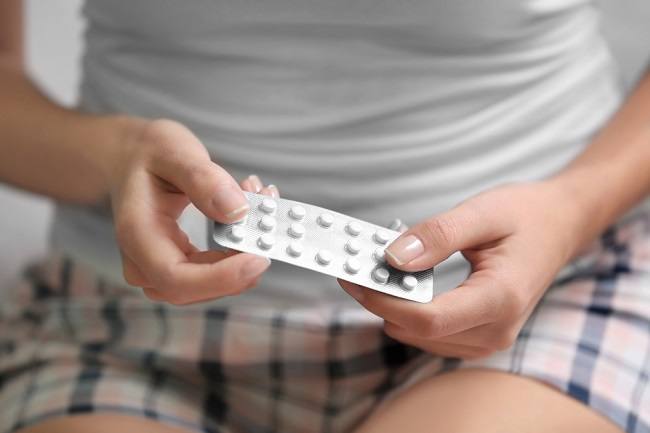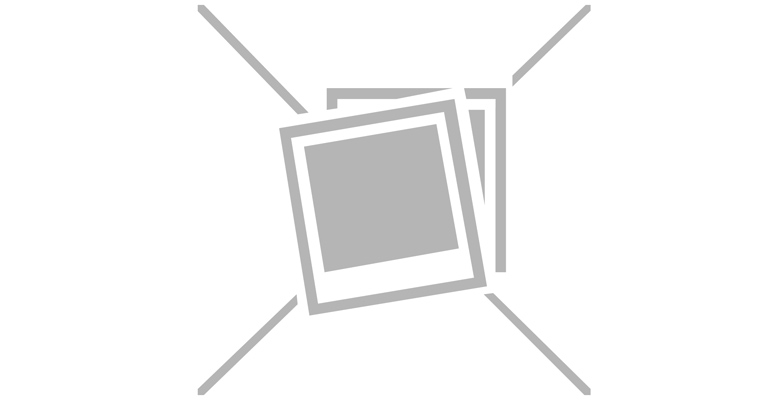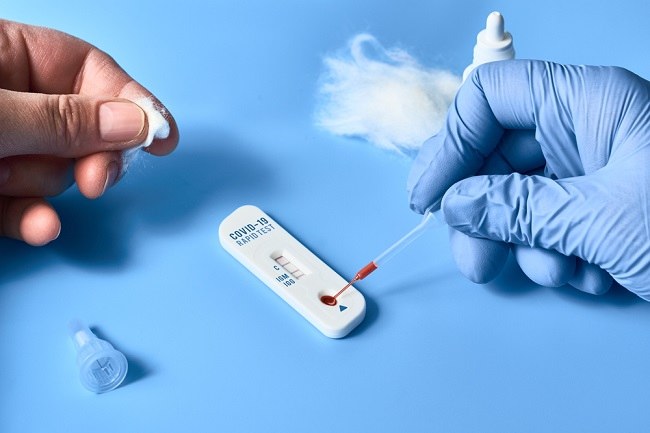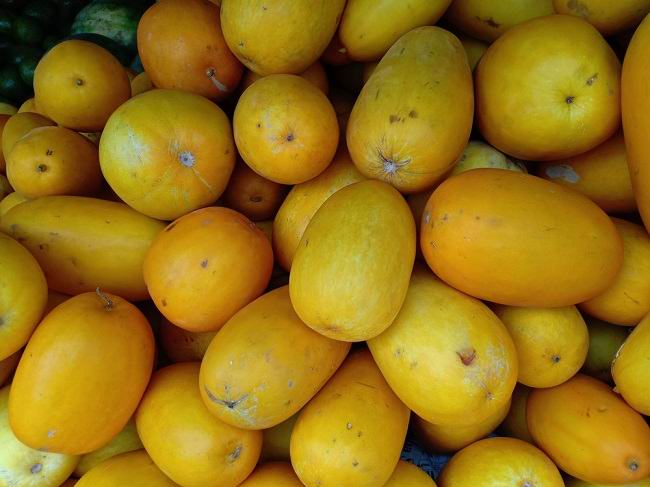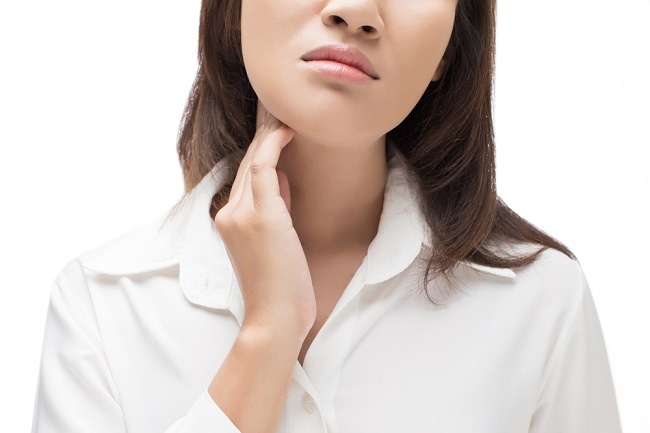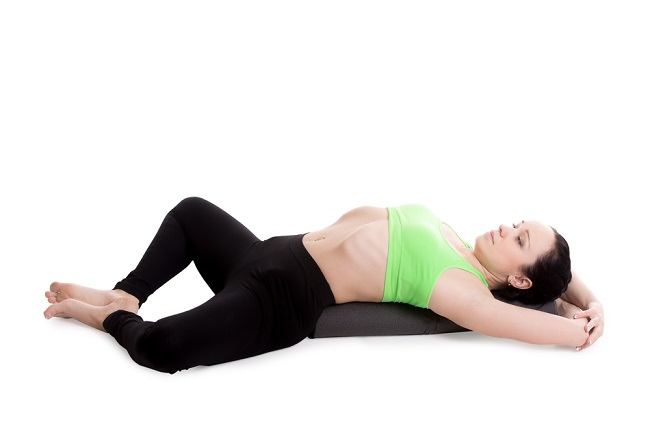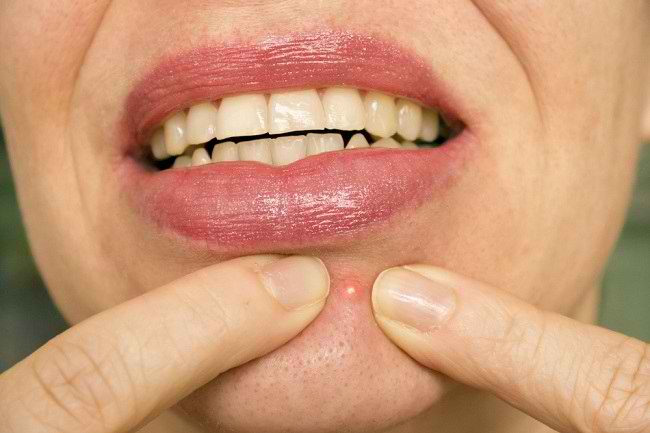Atopic dermatitis or eczema tends to occur in children, although everyone can still experience it. This disease causes a red rash, itching, and makes the skin dry. Medical treatment is very necessary in this condition. However, to help the recovery of the skin affected by atopic dermatitis in your little one, you can try using a special moisturizer.
Until now, doctors do not know for sure what causes atopic eczema. However, atopic dermatitis is thought to be influenced by genetic, environmental, immune system factors, as well as allergens or allergy-triggering substances.

There are several things that can trigger the appearance of symptoms of atopic eczema in children, including hot air or a lot of sweating, stress, food allergies, use of soap or skin care products, pets, and clothing. A rash that is a symptom of eczema can appear on the face, elbows, knees, hands, or scalp. Generally, people with this skin disease will feel an itching feeling that does not go away, so they want to keep scratching, even to the point of making the skin become injured.
Moisturizer for Atopic Dermatitis
Dry skin often makes atopic dermatitis worse. To relieve damage to your little one's skin, you can use a moisturizer. Moisturizers aim to lock in skin moisture, block things that can irritate the skin, and help reduce itching due to dry skin.
Based on how it works, moisturizers to treat atopic eczema are divided into three types, namely humectants, emollients, and occlusives. Here's the explanation:
- Humectants are types of moisturizers that can capture water from the air outside the body and the deeper layers of the skin (dermis layer), so that moisture on the skin's surface can be maintained. Ingredients that include this type of moisturizer are glycerin, urea, alpha hydroxy acids such as lactic acid or glycolic acid, and also salicylic acid.
- While emollients are types of moisturizers that can treat dry skin by providing moisture to the skin and coating crusts on dry and injured skin. This type of moisturizer can improve the appearance of dry, scaly, and itchy skin caused by atopic dermatitis.
- Occlusive moisturizers come in the form of oils, sometimes these types of moisturizers are mixed with water-based ingredients and solvents to form lotions or creams. Occlusive moisturizer is useful as a protective layer on the skin's surface to prevent evaporation and dry skin.
Both humectants and emollients, available in the form of lotions, creams, and ointments. What distinguishes these three dosage forms is the oil and water content contained in them.
Some types of moisturizers have additional ingredients, such as: hyaluronic acid, shea butter, vitis vinifera (grapevine), telmesteine, vitamins C and E, and glycyrrhetinic acid, to increase its effectiveness in moisturizing and nourishing the skin. But you still have to pay attention to the label on the moisturizing product, and make sure the ingredients in the product don't make your little one allergic. In addition, you are advised to choose a moisturizer that is free of dyes and perfumes.
Tips for Using Moisturizer
For maximum results, use a moisturizer some time after your little one takes a bath. Here are some steps in using a moisturizer for your little one's skin:
- After bathing, dry your little one's skin gently.
- Apply moisturizer to the area that has atopic dermatitis, no more than three minutes after your little one has bathed.
- Gently pat into skin, and wait for skin to absorb all the moisture.
- When you're done, wash your hands.
If your little one has atopic dermatitis, you should consult a dermatologist to get the right treatment. Doctors may perform allergy testing if the cause of the atopic dermatitis is unknown. Do not underestimate atopic eczema, because this skin disorder is a chronic condition that can recur repeatedly, so it requires continuous and painstaking skin care.
